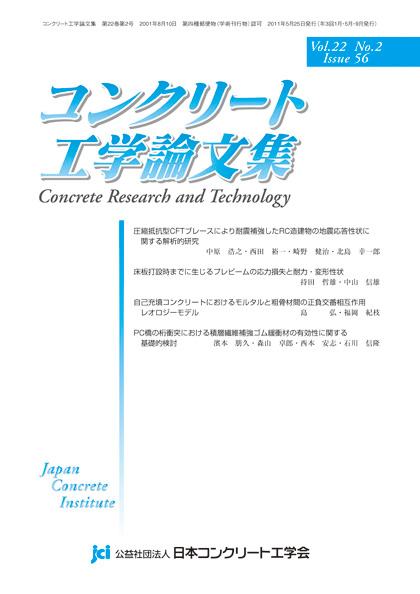Volume 15, Issue 2
Displaying 1-10 of 10 articles from this issue
- |<
- <
- 1
- >
- >|
-
2004Volume 15Issue 2 Pages 1-11
Published: May 25, 2004
Released on J-STAGE: November 13, 2012
Download PDF (2306K) -
2004Volume 15Issue 2 Pages 13-23
Published: May 25, 2004
Released on J-STAGE: November 13, 2012
Download PDF (2684K) -
2004Volume 15Issue 2 Pages 25-34
Published: May 25, 2004
Released on J-STAGE: November 13, 2012
Download PDF (2537K) -
2004Volume 15Issue 2 Pages 35-46
Published: May 25, 2004
Released on J-STAGE: November 13, 2012
Download PDF (1909K) -
2004Volume 15Issue 2 Pages 47-57
Published: May 25, 2004
Released on J-STAGE: November 13, 2012
Download PDF (2482K) -
2004Volume 15Issue 2 Pages 59-68
Published: May 25, 2004
Released on J-STAGE: November 13, 2012
Download PDF (19616K) -
2004Volume 15Issue 2 Pages 69-77
Published: May 25, 2004
Released on J-STAGE: November 13, 2012
Download PDF (5346K) -
2004Volume 15Issue 2 Pages 79-88
Published: May 25, 2004
Released on J-STAGE: November 13, 2012
Download PDF (1707K) -
2004Volume 15Issue 2 Pages 89-98
Published: May 25, 2004
Released on J-STAGE: November 13, 2012
Download PDF (3466K) -
2004Volume 15Issue 2 Pages 99-108
Published: May 25, 2004
Released on J-STAGE: November 13, 2012
Download PDF (1331K)
- |<
- <
- 1
- >
- >|
